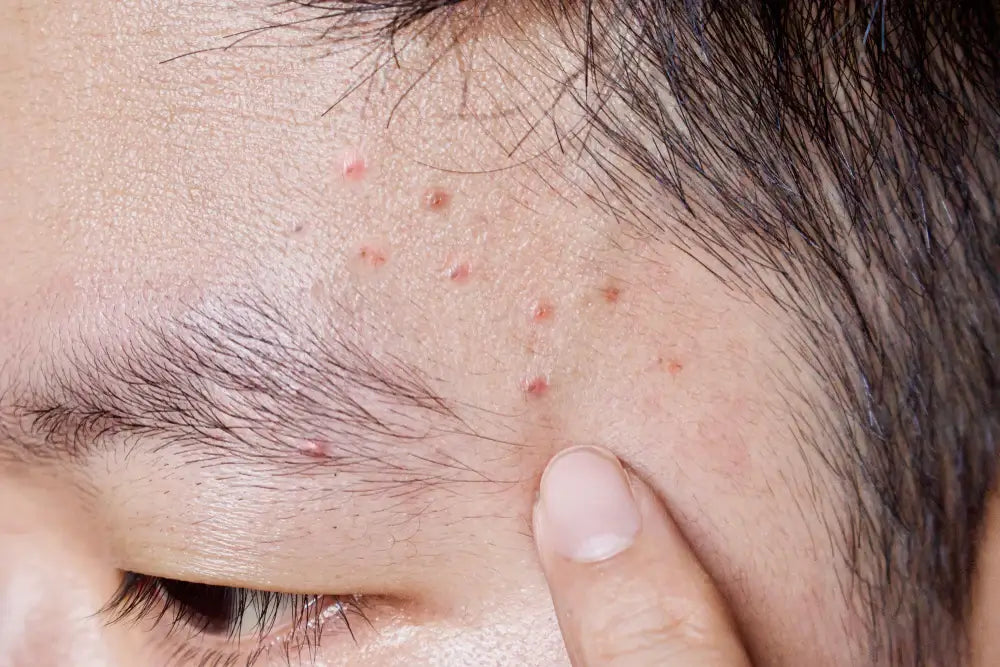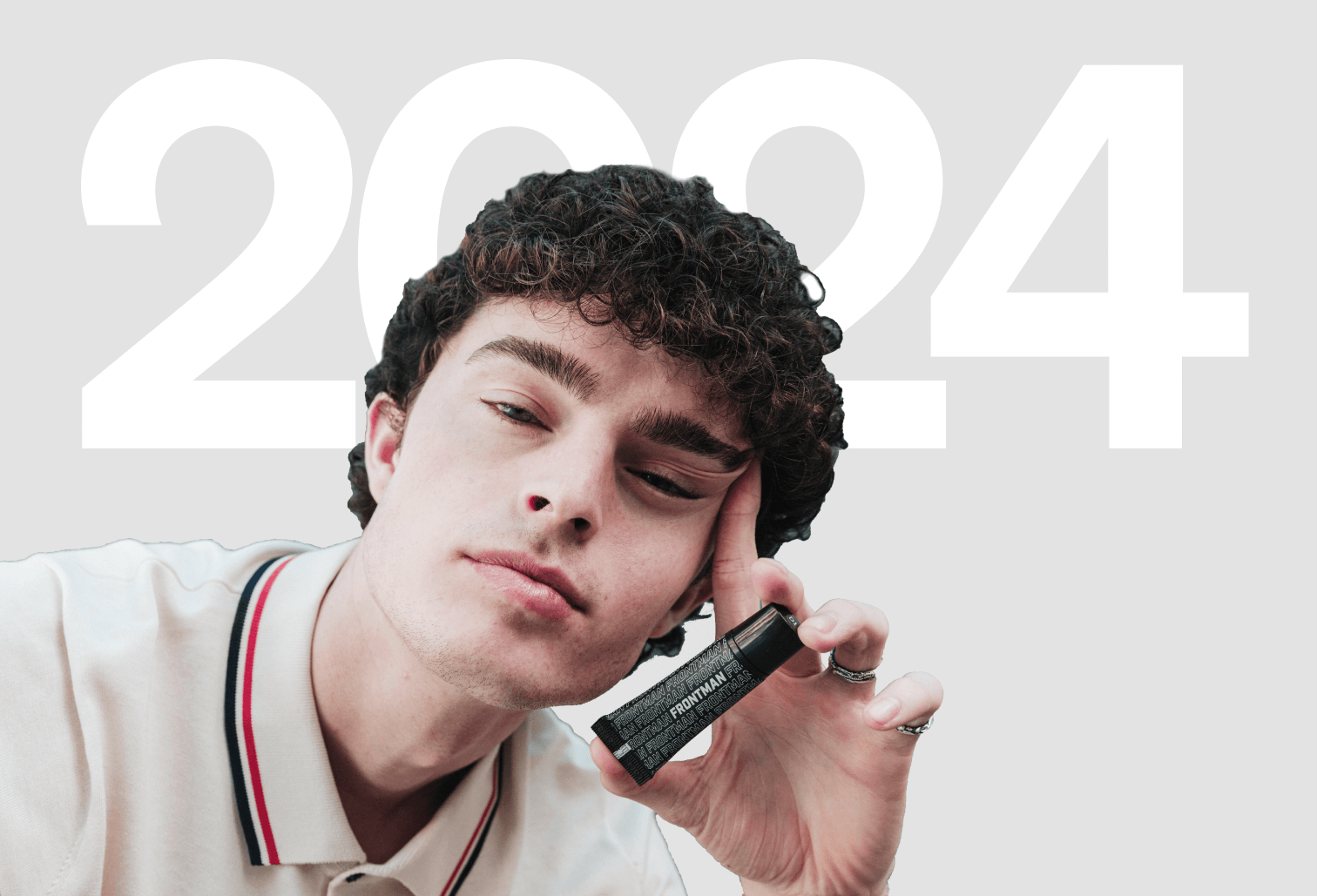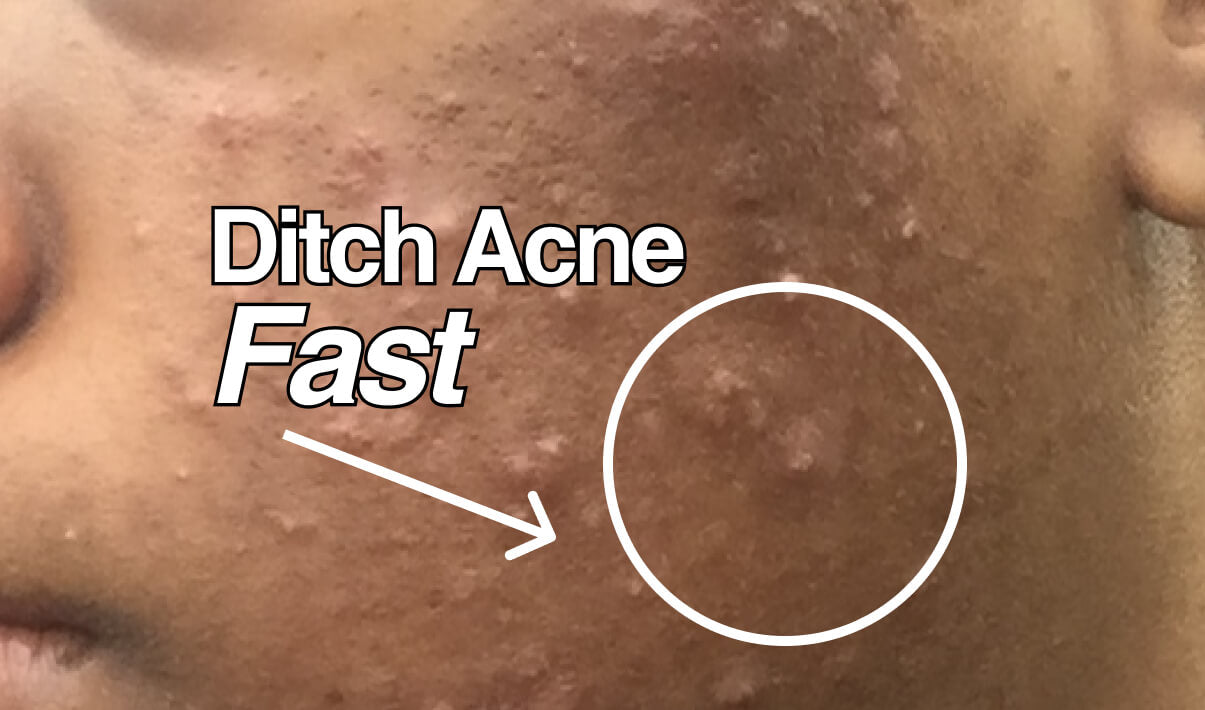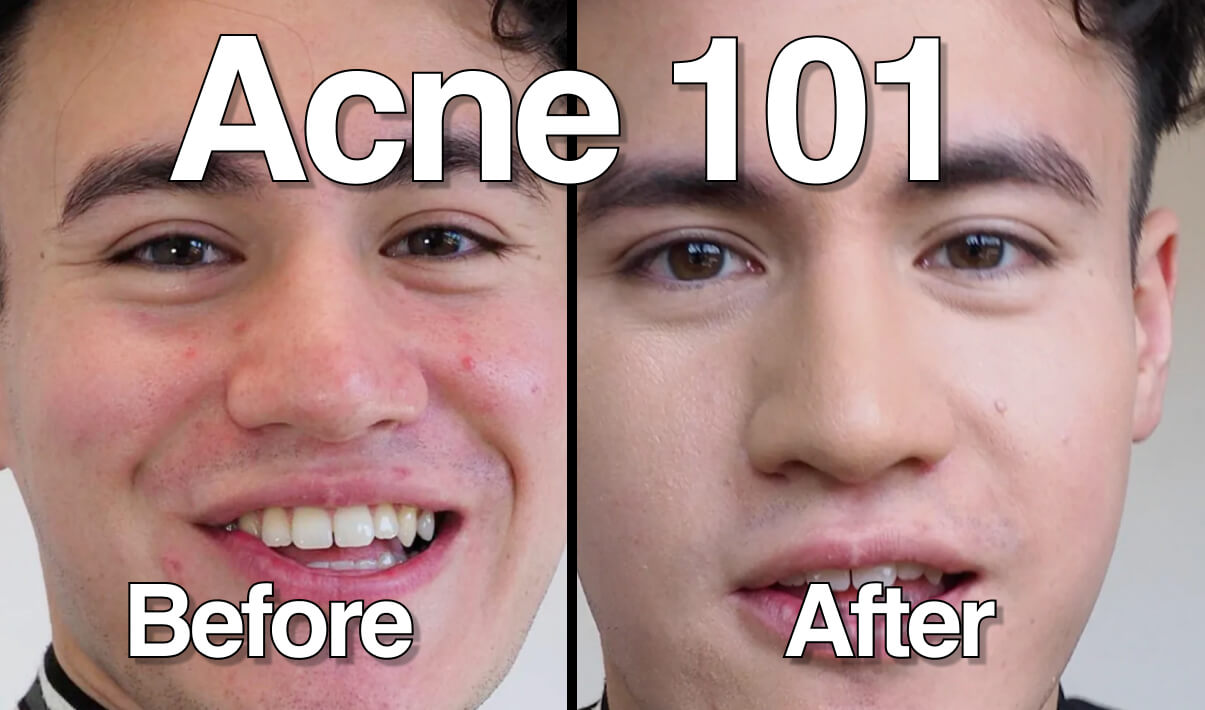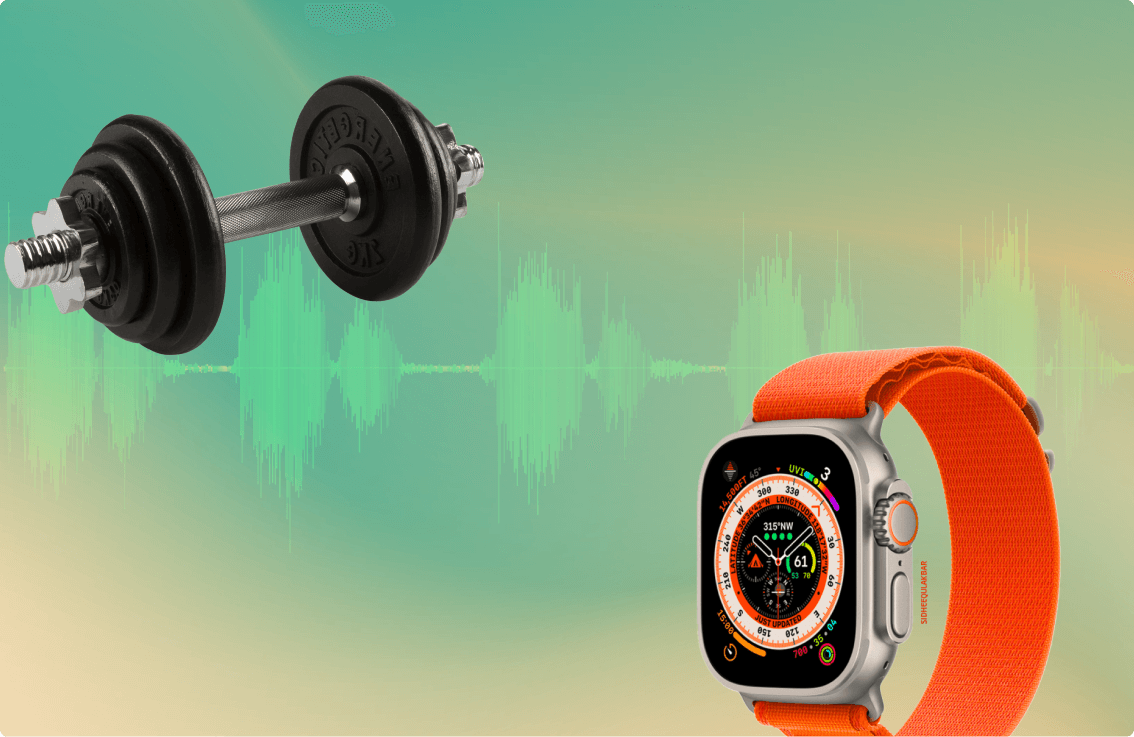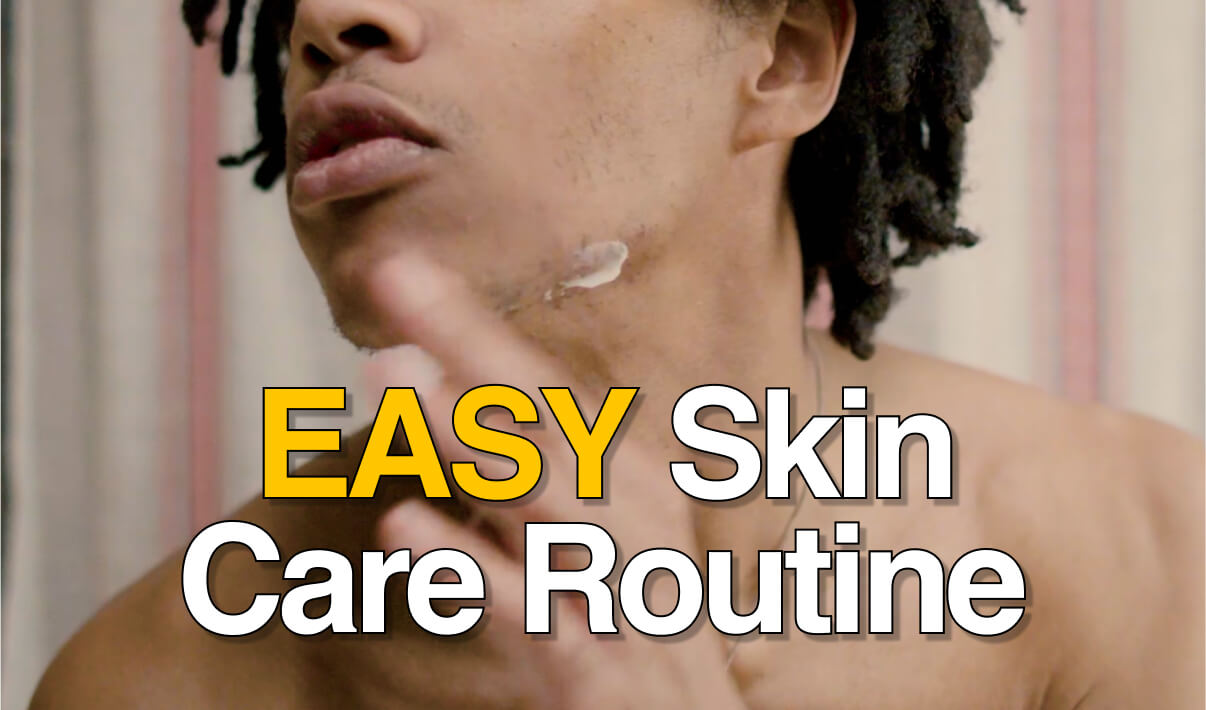Fungal acne, also known as Malassezia folliculitis, is a common skin condition that often gets misdiagnosed as regular acne. It is caused by an overgrowth of a type of yeast called Malassezia, which naturally lives on the skin. While Malassezia is usually harmless, it can sometimes overgrow and cause inflammation of the hair follicles, leading to breakouts of small, red, itchy bumps.
Signs and Symptoms of Fungal Acne
Fungal acne is most common on the face, chest, back, and shoulders. The bumps are typically small, red, and itchy, and they may be surrounded by a red, raised patch of skin. Other symptoms of fungal acne include:
- Oily skin
- Scaly skin
- Itching
- Burning sensation
Best Treatments for Fungal Acne
There are a number of effective treatments for fungal acne. Over-the-counter antifungal creams and shampoos can be helpful in mild cases. In more severe cases, prescription antifungal medications may be necessary.
Here are some of the best treatments for fungal acne:
- Over-the-counter antifungal creams and shampoos: These products contain ingredients that kill the Malassezia yeast that causes fungal acne. Look for products that contain clotrimazole, miconazole, or ketoconazole.
-
Prescription antifungal medications: These medications are available in oral and topical forms. Oral antifungal medications are taken by mouth, while topical antifungal medications are applied to the skin.
- Salicylic Acid: This ingredient helps to unclog pores and reduce inflammation. Salicylic acid is available in over-the-counter and prescription strengths. Great options are FRONTMAN Zit Wipes and Zit Spray which you can use to wipe down or spray different areas affected by fungal acne.
- Benzoyl Peroxide: This ingredient helps to kill bacteria and reduce inflammation. Benzoyl peroxide is available in over-the-counter and prescription strengths.
Preventing Fungal Acne
There are a number of things you can do to prevent fungal acne:
- Wash your skin twice a day: Use a gentle cleanser and lukewarm water.
- Keep your skin dry: Avoid sweating for long periods of time, and change out of sweaty clothes as soon as possible.
- Wear loose-fitting clothing: Tight clothing can trap moisture and create an environment where Malassezia yeast can thrive.
- Avoid touching your face: Touching your face can transfer dirt, oil, and bacteria to your skin, which can aggravate fungal acne.
- Use a non-comedogenic sunscreen: Some sunscreens can clog pores and make fungal acne worse. Look for a sunscreen that is labeled as "non-comedogenic."
Additional Tips
- Be patient: Fungal acne can take several weeks to clear up.
- Don't pick or scratch your bumps: Picking or scratching your bumps can make them worse and may lead to scarring.
- See a dermatologist: If you have fungal acne that is not responding to over-the-counter treatments, see a dermatologist. They can prescribe stronger medications and help you develop a treatment plan that is right for you.
TL;DR
Fungal acne can be a frustrating skin condition, but there are effective treatments available. By following these tips, you can help to prevent fungal acne and keep your skin healthy.
